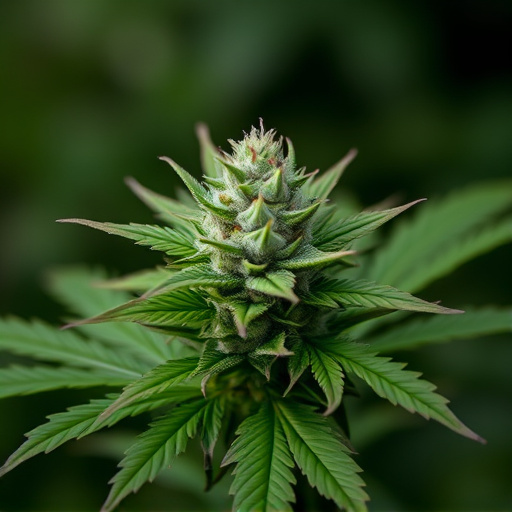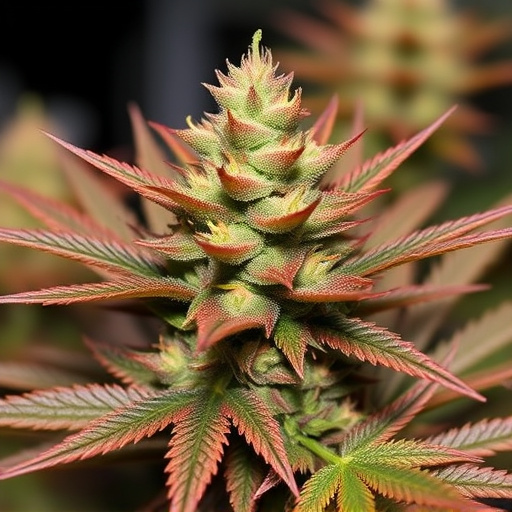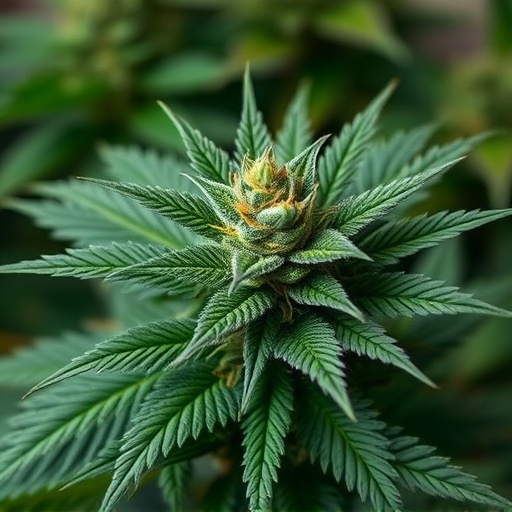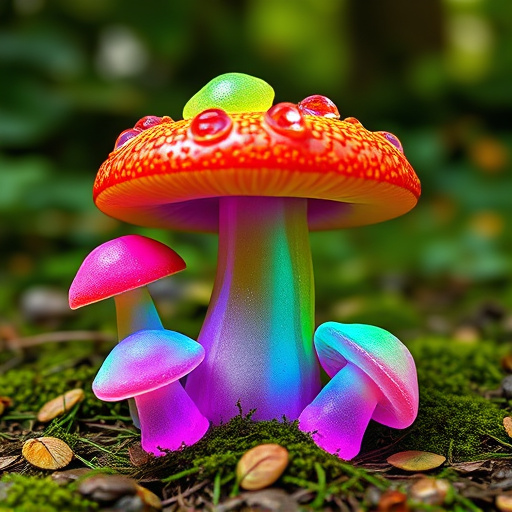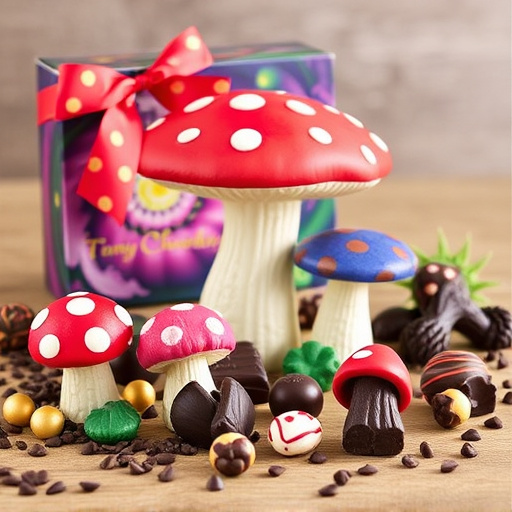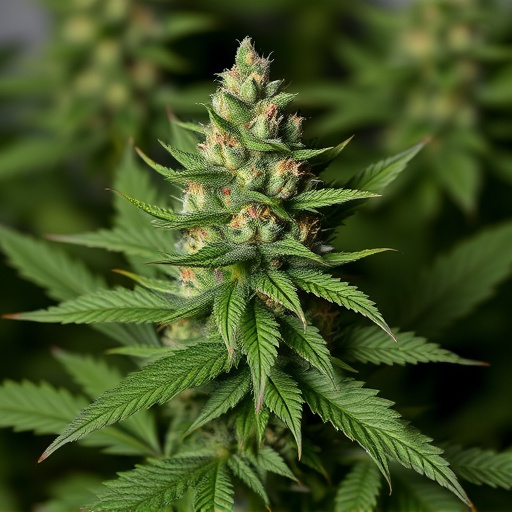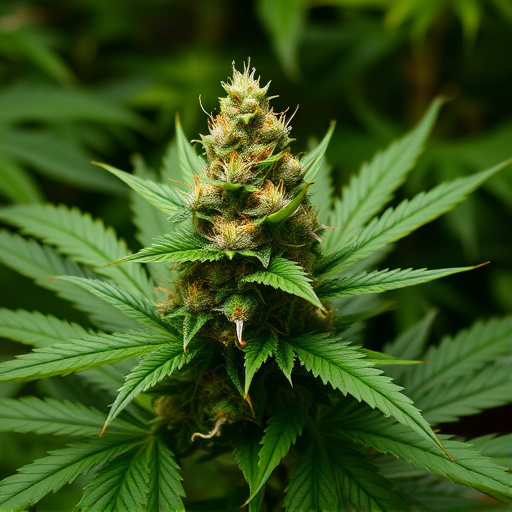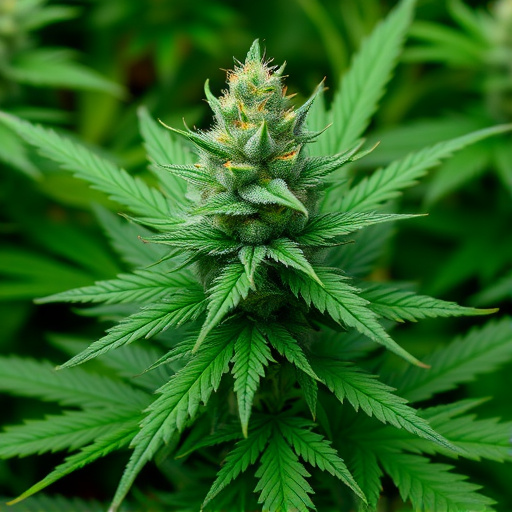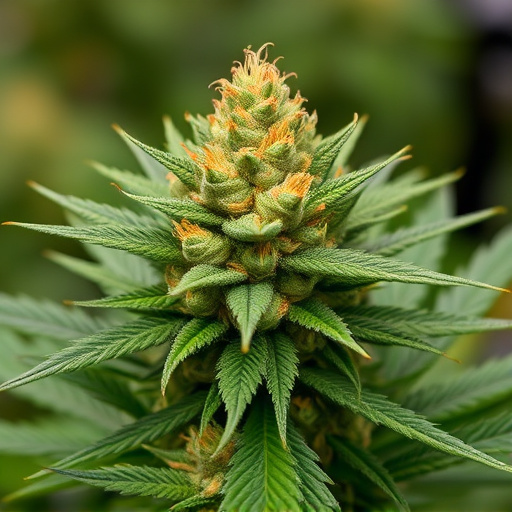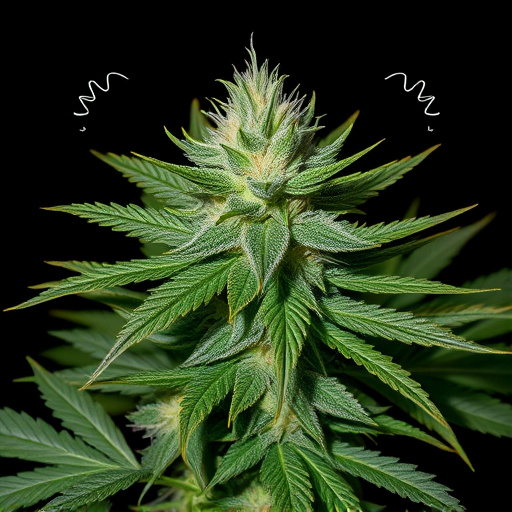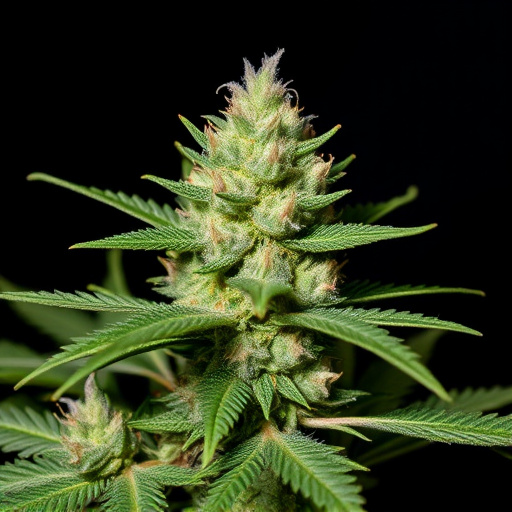The text explores the distinction between Indica and Sativa cannabis strains, highlighting their unique characteristics and effects. Indica, with its bushy structure and relaxing properties, is ideal for evening use, while Sativa, taller and more energizing, is better suited for daytime activities. The cannabis market offers a growing array of new strains, combining these traditional types to cater to diverse consumer needs. These innovations allow enthusiasts to discover and select specific strains based on their desired effects and experiences.
Exploring the diverse world of cannabis flower reveals a fascinating array of options. From classic Indica and Sativa strains, known for their distinct characteristics, to innovative Hybrid combinations offering the best of both worlds, the market is ever-evolving. This article delves into these categories, highlighting key differences and unique traits. We also shine a spotlight on new cannabis strains, exploring emerging trends and their potential medical benefits, revolutionizing the industry with their vibrant flavors and novel effects.
- Indica vs. Sativa: Understanding the Basics
- – Defining Indica and Sativa strains
- – Key differences in appearance, scent, and effects
Indica vs. Sativa: Understanding the Basics
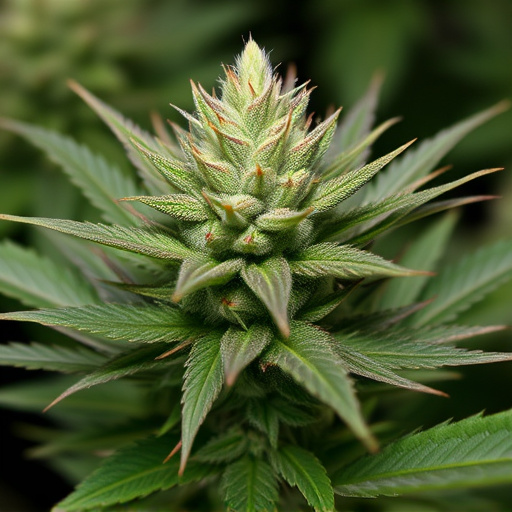
The world of cannabis is vast, with an ever-growing number of strains available to consumers. When discussing cannabis flowers, one often encounters two primary types: Indica and Sativa. Understanding the difference between these two is crucial for anyone looking to explore new cannabis strains.
Indica plants are known for their short, bushy appearance and typically have a higher concentration of cannabidiol (CBD) compared to tetrahydrocannabinol (THC). They are often associated with relaxing effects, making them popular among those seeking relief from stress, anxiety, or insomnia. On the other hand, Sativa strains boast taller, slender plants with lower CBD and higher THC levels. These plants are believed to stimulate creativity, enhance energy levels, and provide a more uplifting high—ideal for daytime use when one needs focus and clarity. Exploring these contrasting attributes helps cannabis enthusiasts navigate and discover new strains that cater to their specific preferences and desired effects.
– Defining Indica and Sativa strains

Cannabis enthusiasts often categorize flowers into two main types: Indica and Sativa, each offering distinct characteristics and effects. These classifications are based on the plant’s origins and unique chemical profiles. Indica strains are known for their relaxing and sedative properties, making them popular for evening use as they induce a calming sensation. Historically, these plants are native to mountainous regions like Afghanistan and Pakistan, characterized by shorter, stockier growth with wide leaves. On the other hand, Sativa varieties have a longer history, originating from tropical areas such as Southeast Asia and Central America. They tend to produce taller, slender plants with narrower leaves and offer more energizing and uplifting effects.
With the evolving cannabis landscape, new strains are constantly being developed, combining these traditional categories while also introducing hybrid options. These hybrids provide an array of diverse experiences, catering to a wide range of consumer preferences. Whether one prefers the soothing embrace of Indica or the invigorating buzz of Sativa, the variety ensures there’s a strain suited for every taste and intended use.
– Key differences in appearance, scent, and effects
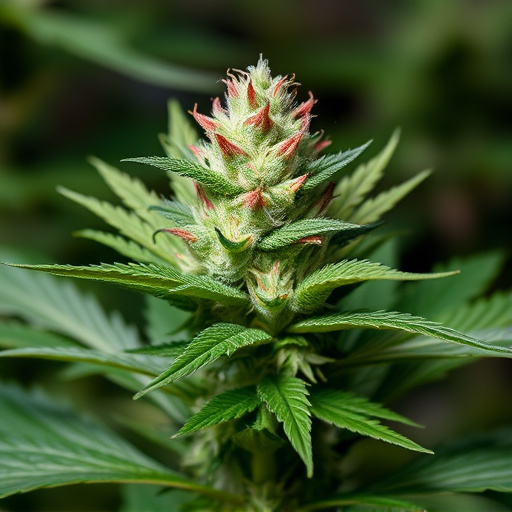
The world of cannabis is incredibly diverse, with countless varieties known as cannabis flower or bud. Each strain offers a unique combination of appearance, aroma, and effects that cater to different preferences and intended uses. For instance, Sativa strains are renowned for their tall, slender structures and uplifting, energetic high, making them popular choices for daytime use and creativity stimulation. In contrast, Indica plants tend to be shorter and bushier with a calmer, sedative effect, often preferred in the evening or for managing stress and pain.
Beyond these classic types, the cannabis landscape is ever-evolving with new cannabis strains emerging regularly. These novel varieties may boast distinct visual characteristics, such as vibrant colors or unusual leaf shapes. Their scents can range from fruity and floral to earthy and herbal, providing a vast olfactory experience. The effects also vary widely, offering options for specific needs; some strains enhance focus and productivity, while others induce deep relaxation or promote better sleep. This diversity allows cannabis users to find their perfect match among the ever-growing array of new cannabis strains available.
The world of cannabis is incredibly diverse, with an ever-evolving array of new cannabis strains. Understanding the fundamentals of Indica and Sativa varieties is a great starting point for exploring this complex landscape. Each strain offers unique characteristics, from appearance and aroma to distinct effects, catering to various preferences. By familiarizing ourselves with these differences, we can make informed choices and enhance our overall experience with this versatile plant.
